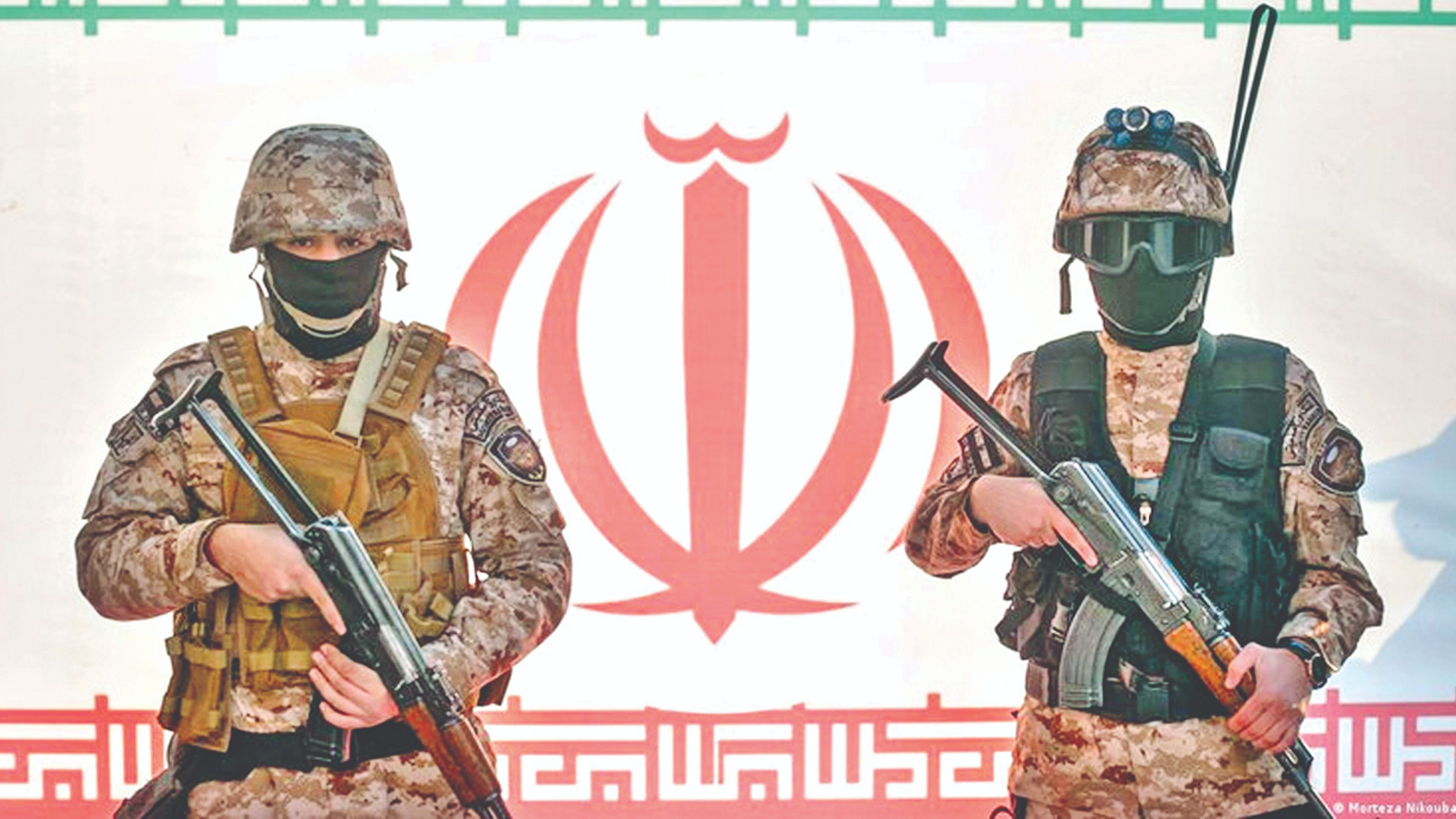Deterrent measures EU: How the bloc’s terror list works
Al-Qaida and its offshoots, as well as the so-called Islamic State (IS) and its affiliates, are banned.

By Shola Lawal
WASHINGTON: Germany and France are mulling the designation of Iran’s elite army unit, the Islamic Revolutionary Guard Corps (IRGC) as a terror group following the executions of at least four anti-regime protesters.
The countries will likely take the decision jointly with other European Union member states as part of a common security policy.
Tanya Mehra of the International Center for Counter-Terrorism, a think tank, says that decision could come as soon as January 23 when the bloc’s Foreign Affairs Council next seats.
So how exactly does the bloc designate terrorists and what impact will the listing have on Iran’s Guards?
What is the list exactly?
The EU’s terror list first emerged in December 2001 in the aftermath of the US 9/11 terror attacks. It’s a recognized black book of people, groups and entities linked to terrorism. It was initially created as a supporting document to a United Nations Security Council Resolution adopted just weeks after the attacks. The aim was to identify terrorists and their funders, and ultimately, to try and stop them by restricting their finances and movements.
The EU black list is reviewed and updated regularly every six months. At the moment, the list includes 13 people and 21 groups operating within and outside the EU, involved in everything from bombings to assassination plots.
Appearing on the list means an individual’s or a group’s funds and other financial assets within the EU will be frozen.
If members of the IRGC do get listed, they will not be able to access any assets in all EU member states.
Their movements will be restricted. In some cases, banned people and groups on the list could face additional “measures related to police and judicial cooperation.”
There’s more: People and organizations in the EU are also “forbidden” from funding or helping those listed: they might face sanctions too. A person or a group could potentially be listed if they have been investigated or prosecuted for a terror-related act or attempts to commit terror.
Even in cases where investigations have not happened, these entities could still find themselves on the list. Member states — or third party, non-member states — put forward people or groups that they think should be listed, along with reasons.
Then a special group, the “Working Party on restrictive measures to combat terrorism” or COMET for short, evaluates the proposals to see if they hold any merit.
It’s unclear who makes up the COMET exactly, but if the group decides to designate, it will then forward those recommendations to the European Council, which includes all of the EU’s heads of states or governments. There are two additional members: the European Commission’s head — Ursula von der Leyen in this case — and a “President” of the Council. Currently, former Belgium Prime Minister Charles Michel wears that hat.
Besides the internal nomination process, if the UN Security Council has identified a person or group as being connected to terrorism, it is likely that their names will also wind up on the EU’s terror list.
Al-Qaida and its offshoots, as well as the so-called Islamic State (IS) and its affiliates, are banned. A special article on “IS” from 2016 forbids the sale of arms and ammunition or other military equipment to its members or anyone associated with the group. Its members are restricted from traveling through the EU unless they are EU citizens and are transiting to their home country.
Visit news.dtnext.in to explore our interactive epaper!
Download the DT Next app for more exciting features!
Click here for iOS
Click here for Android



